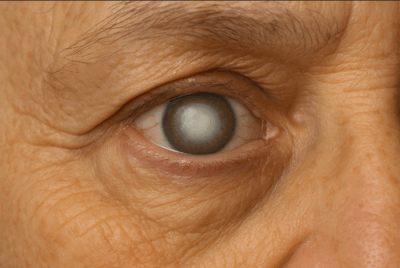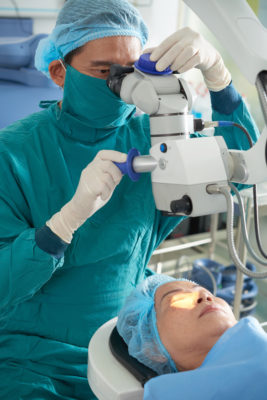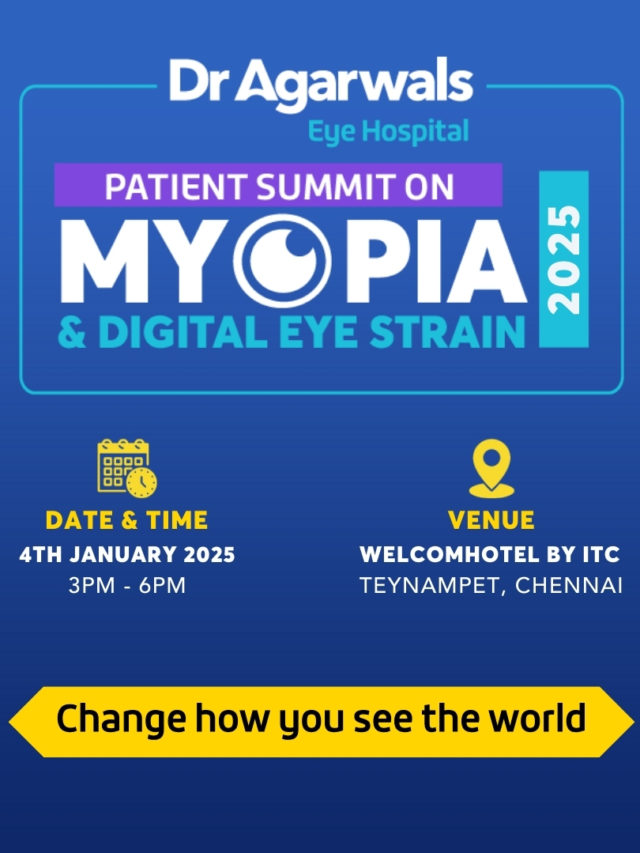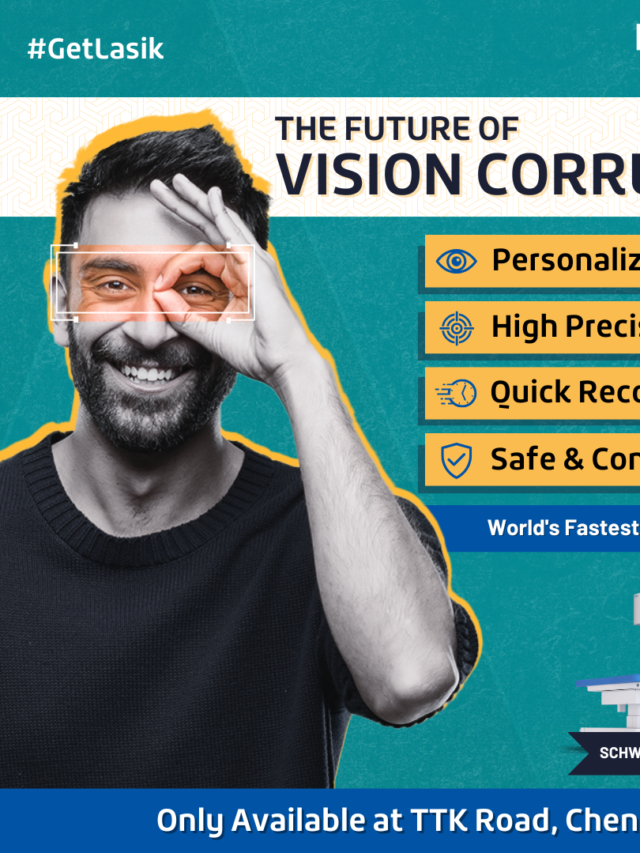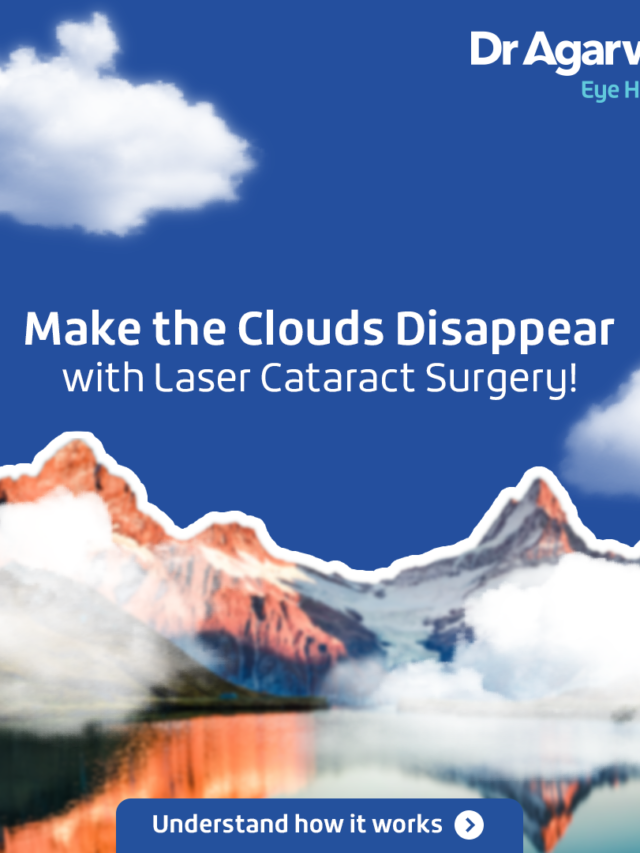Key Takeaways
- Cataracts are one of the main reasons for blindness, which is most often linked to age, but may also be caused by disease or injury.
- Early detection of symptoms like blurred vision and photophobia helps in providing early treatment.
- Age, family history, smoking, and sun exposure are among the risk factors that may predispose an individual to the development of cataracts.
- Prevention tips are to use UV-protective sunglasses and to follow an antioxidant diet to protect your eyes.
- The treatments range from lifestyle changes to advanced laser-assisted surgery, which is precise with quick recovery.
Ever experienced moments where your vision with clouded views? It occurs, and it could possibly be due to the presence of cataracts. These vision-clouders have different types, symptoms like blurry views, and love hanging out with age and sun exposure. But fear not, treatment’s on the scene – from lifestyle tweaks to the cool kid in town, laser-assisted surgery. Imagine a laser doing a vision makeover! Quick recovery, epic results. It’s like magic for your eyes!
Vision, a priceless gift, can be clouded by cataracts, a common age-related ailment. This blog provides a concise exploration of cataracts, covering their definition, types, symptoms, risk factors, and treatment options for regaining clear vision. Additionally, we’ll get into the intriguing realm of laser-assisted cataract surgery benefits.
Introduction
Cataracts, clouding the eye’s lens due to protein clumping, often accompany ageing but can also result from injury or underlying health conditions. Recognising symptoms early is crucial, as blurred vision, sensitivity to light, and difficulty seeing at night can be indicative.
What are the Types of Cataracts?
- Cataracts can occur in various types, including age-related, congenital, or traumatic.
- Treatment, ranging from home remedies to surgery, is recommended based on the type and severity.
What are the Risk Factors?
- Cataracts globally rank as a leading cause of vision loss.
- Recognising risk factors, such as age, family history, smoking, or sun exposure, is crucial.
How to Prevent Our Eyes From Cataracts?
- Tips for prevention include wearing UV-protective sunglasses and maintaining an antioxidant-rich diet.
- Exploring causes, from genetics to lifestyle choices, aids in informed decision-making.
How to Cure Cataracts?
- Recognising early symptoms and prioritising regular eye exams are key steps.
- Lifestyle changes and surgical interventions are part of a proactive approach for clearer vision.
How Can Cataracts be Treated?
- Treatment involves the steps of cataract surgery, from diagnosis to post-operative care.
- Comprehensive understanding of the treatment process is crucial.
- Advanced options like laser-assisted procedures may be considered.
What are Laser-Assisted Cataract Surgery Benefits
- Improved precision in the surgical process.
- Faster recovery times for patients.
- Enhanced overall outcomes contribute to the effectiveness of laser-assisted cataract surgery.
Hence, understanding and curing cataracts empower us to preserve clear vision. This encourages proactive steps towards eye health, ensuring that the cloud of cataracts doesn’t dim life’s vibrancy.


